Did you know that Canada has 19 different kinds of bats?
They’re some of nature’s best pest controllers, munching on insects like moths and mosquitoes. Sadly, they’re facing serious challenges like habitat loss and disease. If you’d like to help the bats that visit your backyard, we’ve got five tips to attract them to your garden.
Give Bats Something to Eat
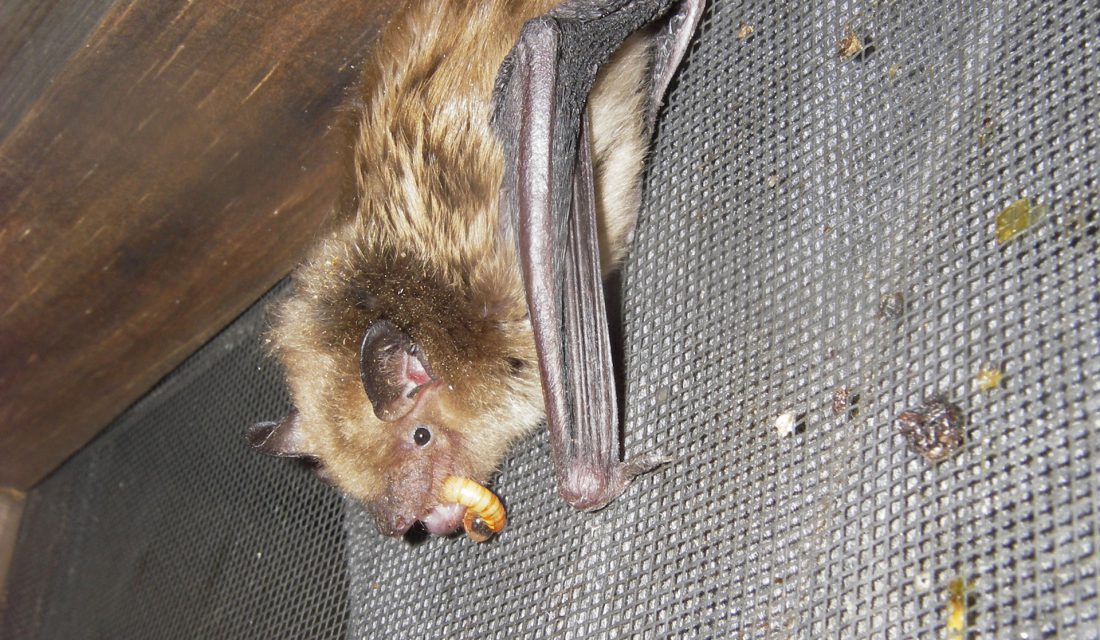
Bats are natural insect hunters, and you can attract their favourite snacks – like moths – by planting night-scented flowers like Evening Primrose, Wild Bergamot and native Phlox. You’ll basically be creating an all you can eat buffet for our winged friends! And don’t stop there! Bats eat all sorts of insects, so the more flowers you have, the better. Just make sure the plants are grown without neonics, a kind of pesticide that can harm the insects that bats eat.
Give Bats a Safe Place to Roost

Did you know that most bat species only have one pup a year? That makes finding a safe spot to raise their young extra important. They typically give birth in June and they might pick your backyard as the perfect place to raise their pups if you give them a bat house. You can buy a bat house, or if you’re handy, you can make one!
The Canadian Wildlife Federation worked in partnership with the Wildlife Conservation Society, Trent University and PhD candidate, Karen Vanderwolf on the Canadian Bat Box Project. We did a deep dive and examined which bat houses work best for Canadian bats and developed a new and bat house design, along with an addition you can download that features a pup catcher to protect baby bats from falls. You can begin by downloading these free DIY instructions. Not so handy? No problem! We’ve done the work for you and have a list of shops you can buy a bat box from – all the right size to keep our winged friends happy. Check the list out here. Bonus points if you put up more than one house – bats love to have their options open!
Position Your Bat Box Correctly
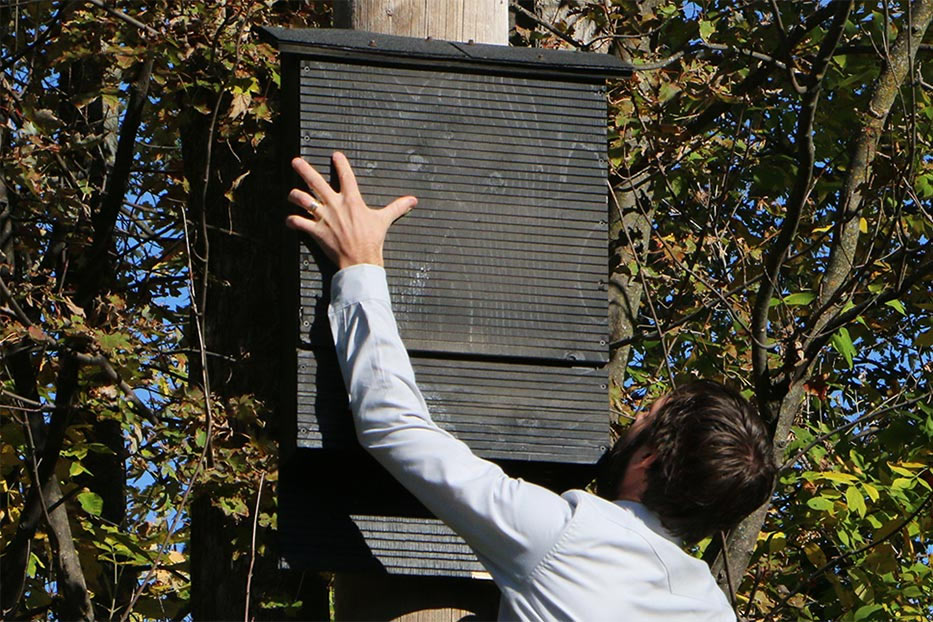
Got your bat box ready but unsure where to hang it? Bats are picky about their home sweet homes! Try placing your bat box near water sources, like ponds or bird baths, as bats are naturally drawn to these areas. Partial sun is best (nobody likes roasting in the sun!) and aim to mount the box nine to 10 feet off the ground. And if you can, attach your box to the side of a building or on a pole. Oh, and keep outdoor lights off — Bats do their best hunting in the dark! Learn more here.
Help Scientists by Watching Bats
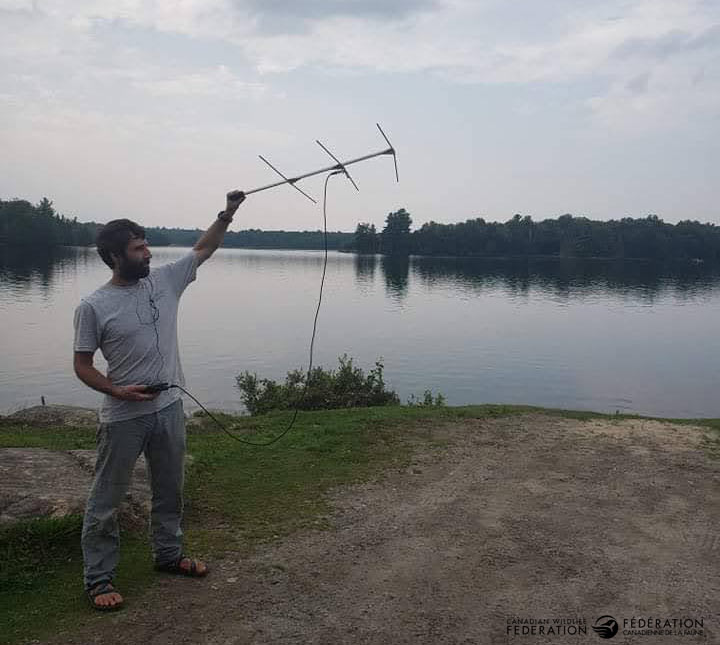
If you see bats in your yard, take some photos! You can help researchers by adding your bat sightings to the Canadian Wildlife Federation’s Help the Bats project on iNaturalist Canada. This helps track where bats are and learn more about their favourite spots. Download the iNaturalist app or visit iNaturalist.ca to share your observations.
If you put up a bat box but you’re not sure if it’s being used, look for clues like bat droppings or urine around the box. You can also camp out at dusk to watch them swoop out for their nightly insect hunt.
Treat Bat Guests With Care

Sometimes, bats may move into buildings and homes. While they’re pretty harmless, you might prefer them out in the garden instead. If you need to evict bats, timing is critical. Some species, like the Big Brown Bat, can sometimes hibernate in buildings. For any hibernating bats, wait until spring to evict them, so you don’t leave them out in the cold. For others, evicting between March and April, or September and November, ensures you don’t trap flightless pups inside. Learn more about bat evictions here.


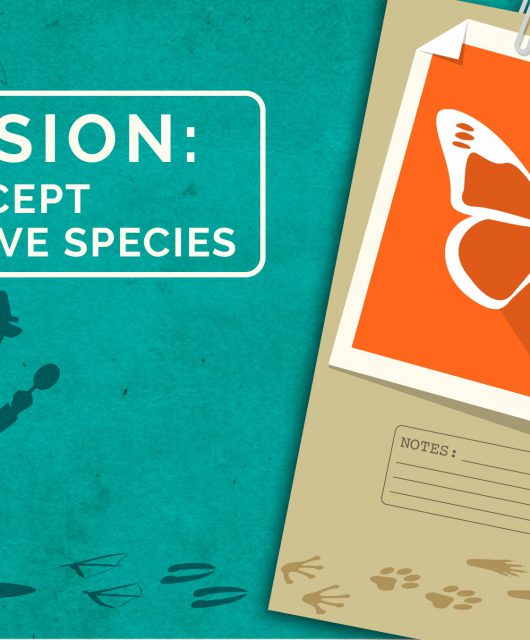


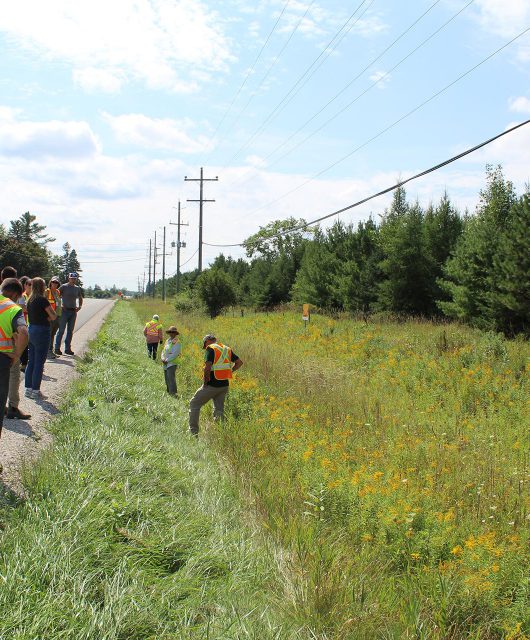
6 comments
I am interested in the list of shops that carry good bat boxes. Unfortunately I am not able to bring up the list on my computer. Can you send it to me in an email please? Thank you….Mary
Sent!
I try to find out what place or store around Moncton, NB who sale recommended bat boxes. I could not get the list of bat boxes on your website
Thank you
Sincerely
Hello! We’re sorry you couldn’t get the files! Hopefully these links will work for you:
* Sampled houses and links: https://cwf-fcf.org/en/resources/downloads/booklets-handouts/Both-Bat-Box-Business-Tables-v6-en.pdf
* Build your own instructions: https://cwf-fcf.org/en/resources/downloads/booklets-handouts/canadianwildlife-bathouse-v4-MASTER.pdf
Hi – I would like to buy a bat box, but am getting a 404 error message when I click on the link. I’m wondering if you can fix the link. I’m also wondering about bats in suburban Ontario – our yard is large but fairly well treed. Would bats move into a bat house in our yard, and where would be the best spot – on the outside wall of the house, or on a post in the yard?
Oh no! We have fixed the link, but you can also find here: https://cwf-fcf.org/en/resources/downloads/booklets-handouts/Both-Bat-Box-Business-Tables-v6-en.pdf